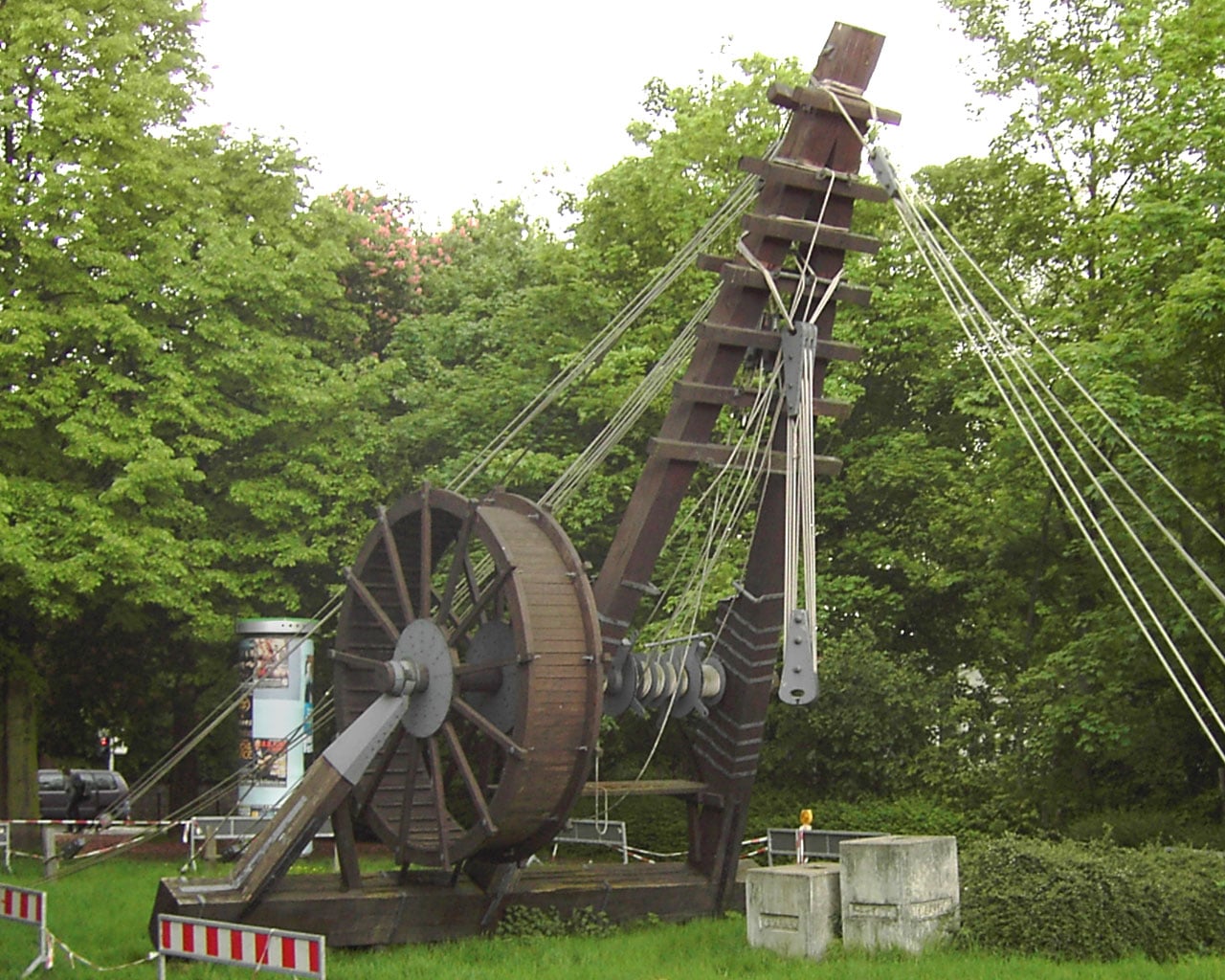Cranes Throughout History
The earliest cranes were used in ancient Mesopotamia around 3000 BC and was called a shadoof, or later the well pole or well sweep. This crane helped people gain mechanical advantage thru leverage to help in irrigation systems. The pole would have a bucket attached at one end and counterbalanced on the pole. This is still used in parts of the world, such as rural India, Pakistan and Hungary.
Greece later developed cranes for lifting heavy loads around the late 6th century BC. Stone blocks of Greek temples have been found to have holes cut either above the center of gravity of the rock or in pairs equidistant from that center point. This suggests that the Greeks used lifting devices to vertically lift and horizontally place heavy blocks for building construction.
Borrowing from the Greeks influence, the Romans adopted the Greek crane and further developed it. The Roman crane called the trispastos could help a man lift three times his capacity. The polyspastos could perform even more work with less man-power, lifting up to 60 times that of a normal worker. This advancement in technology gave the Romans great ability to create massive structures in less time and with fewer workers. Despite the advanced technology, these cranes stilled relied on the power of humans or animals to work.
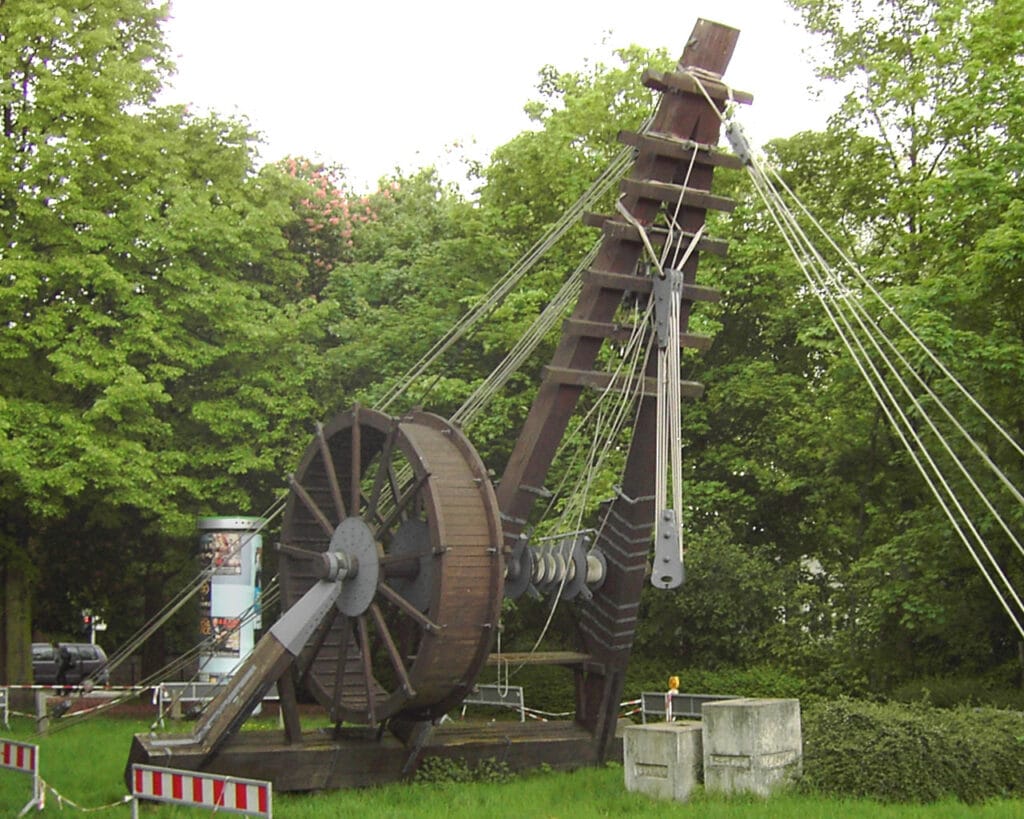
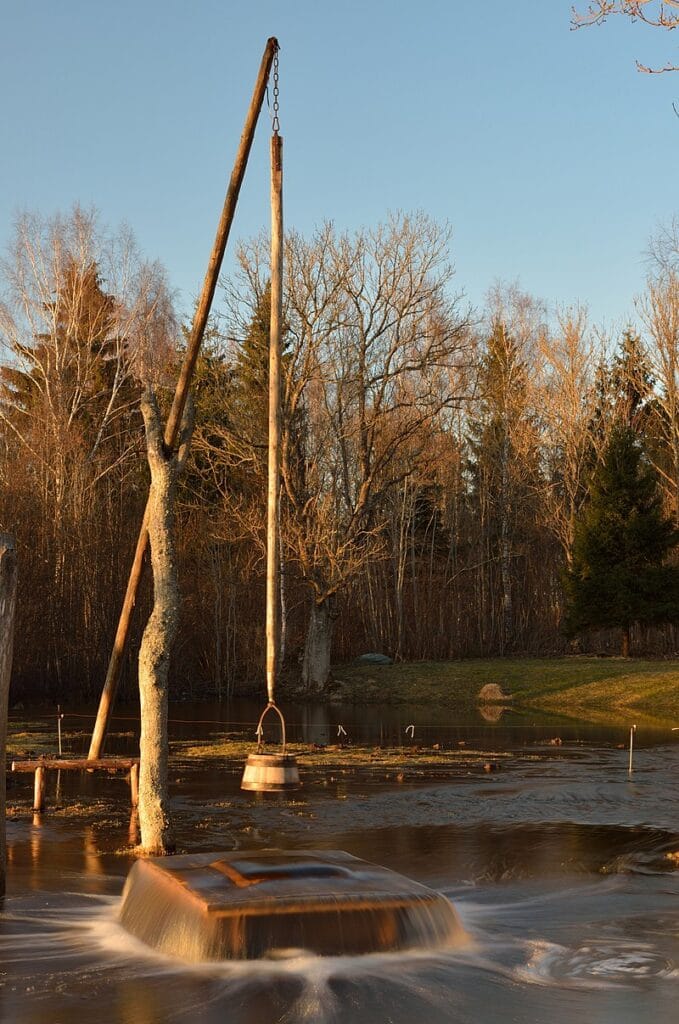
Middle Ages to Modern Age
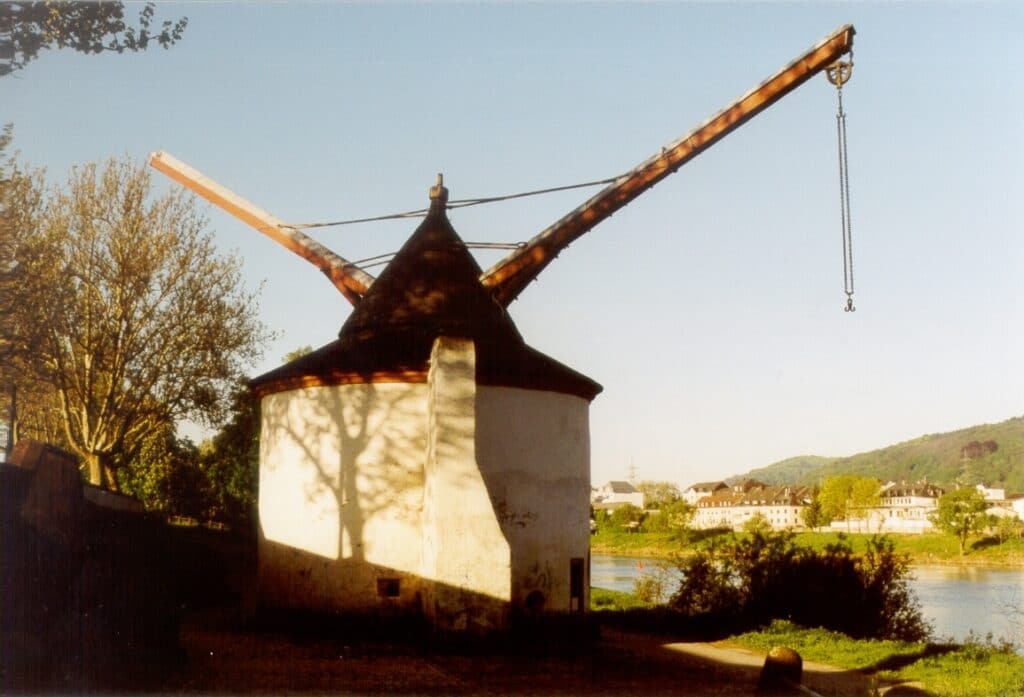
During the Middle Ages (12th and 13th centuries), the treadwheel crane became used once again after the fall of the Roman Empire. These cranes were popular as harbor cranes, used to load and unload cargo on ships. Cranes also started to be built on top of structures – such as harbor buildings or cathedrals – to assist in lifting heavy blocks above the maximum height of cranes positioned on the ground.
The major differentiation with Modern Age cranes is how the cranes were powered. During the Industrial Revolution, the first water-powered hydraulic crane was designed and implemented by William Armstrong (1838). Originally installed at harbors for loading of cargo, these hydraulic cranes went on to be built and used for bridge construction. Armstrong’s company eventually produced hundreds of cranes used throughout the world.
Tower Maintenance and Cranes
Today many cranes use internal combustion (IC) engines to power them. There are many different types of cranes. A few are listed below:
- Mobile Cranes – which comprise of truck mounted, rough-terrain, crawler and floating cranes
- Harbor Cranes and Gantry Cranes
- Travel Lift Cranes
- Railroad Cranes
- Aerial Cranes
- Telescopic Cranes
- Fixed Cranes – which comprise ring cranes, tower cranes and overhead cranes
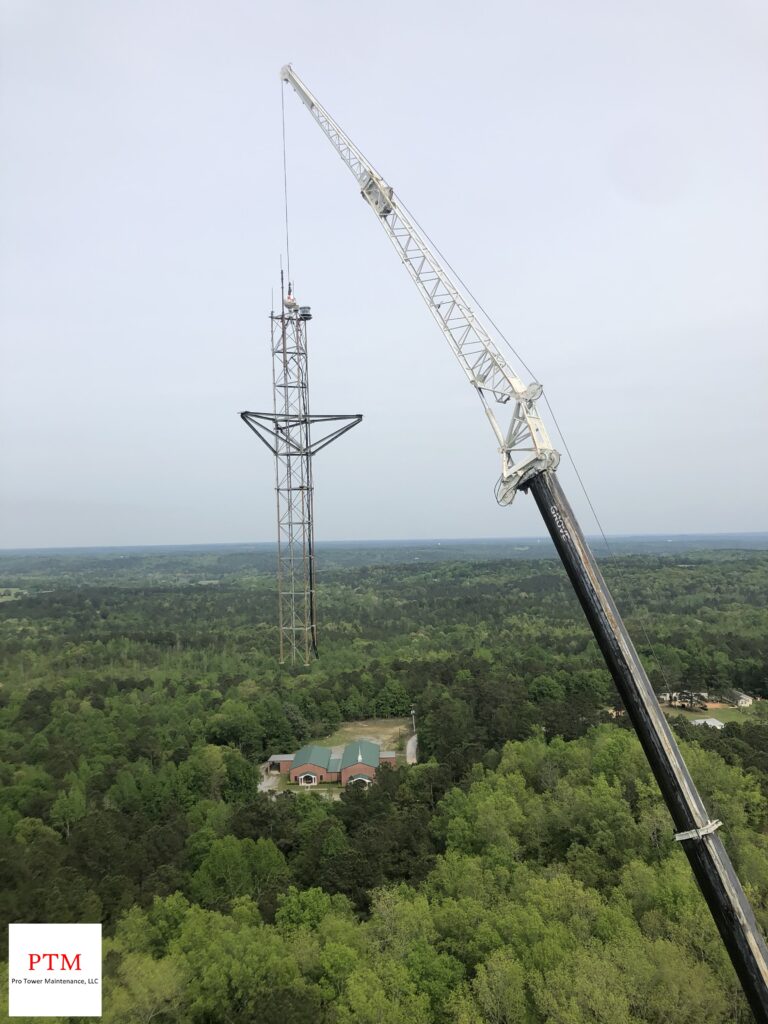
Most communication tower projects will involve a mobile crane that is used directly on-site and then can be moved after the project is completed. Cranes are used for both new construction as well as decommissioning projects.
Below is a picture of a mobile crane that our team is using to remove a heavy piece of a tower being decommissioned. The short video shows where the same crane is lowering a piece of the tower safely to the ground!
Cranes and a History of Engineering
This short article hopefully has given you some insight into the early beginnings of cranes and how they have been used throughout the ages. Today cranes are an essential part of modern life, being used to assist in all areas of building construction, irrigation, harbor logistics and in specific tower construction and tower maintenance.

